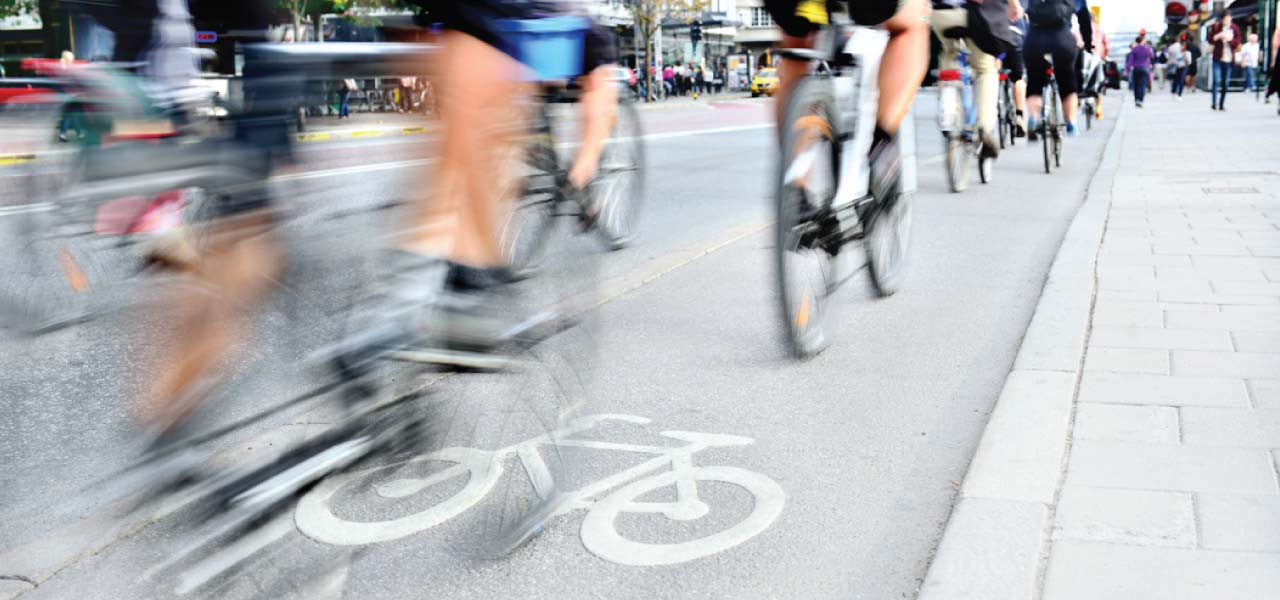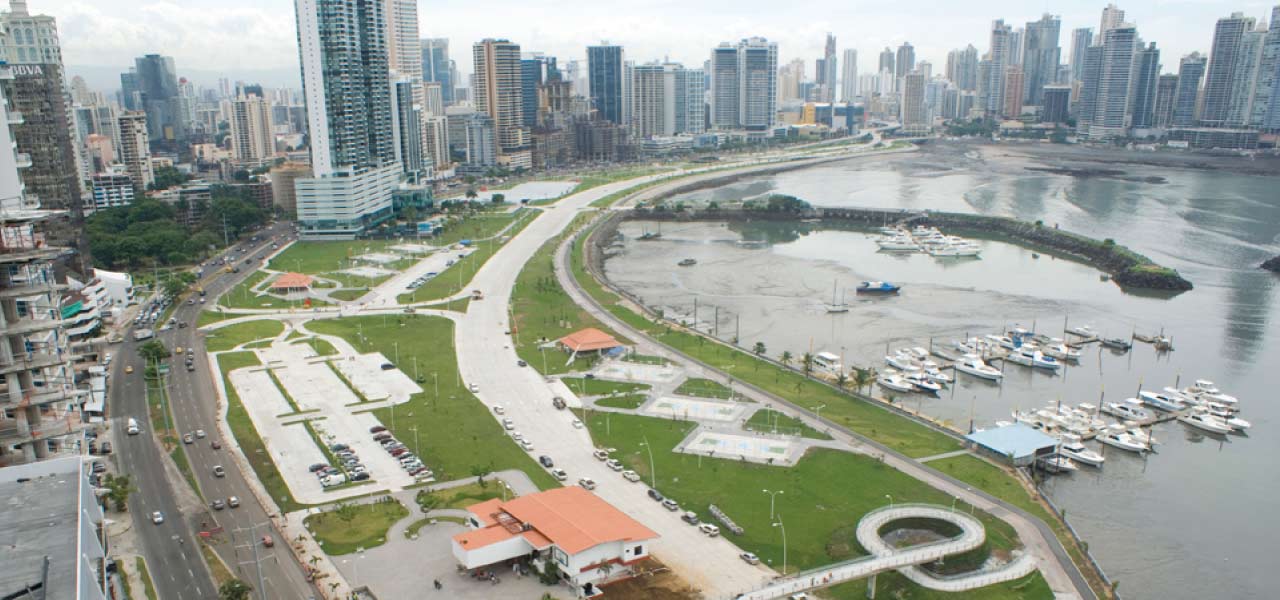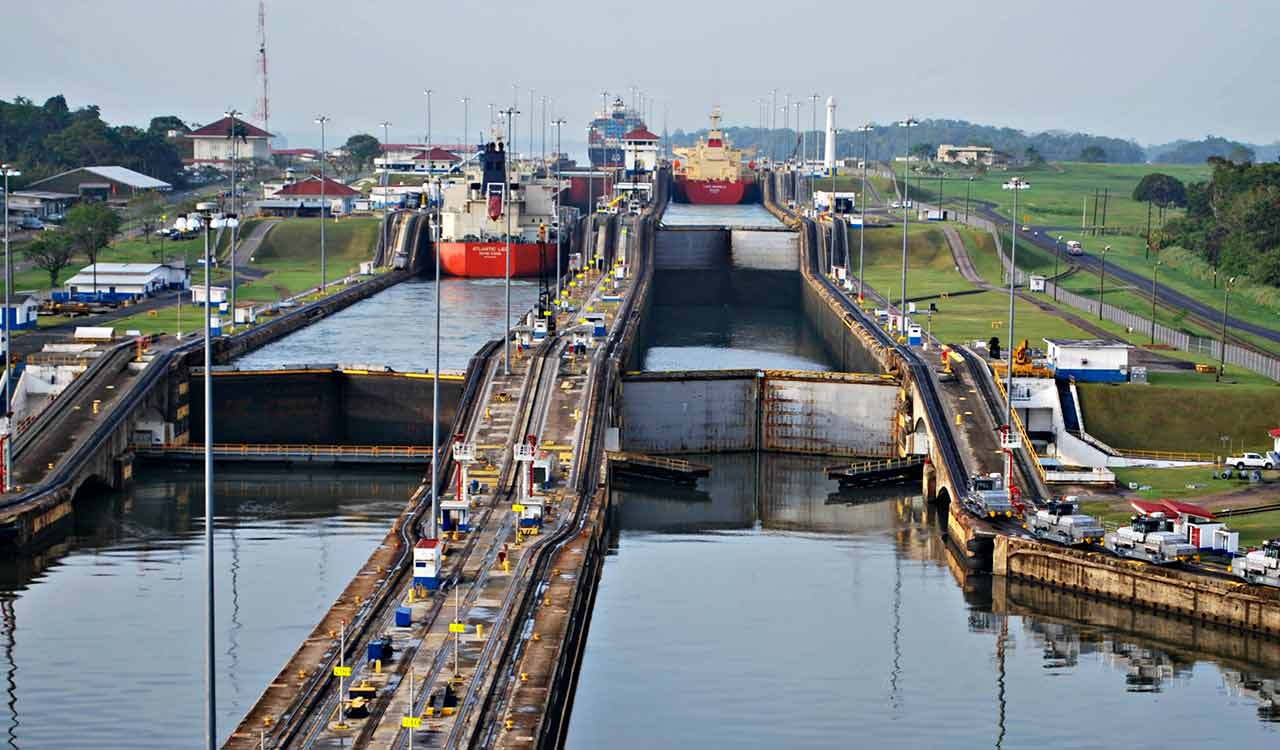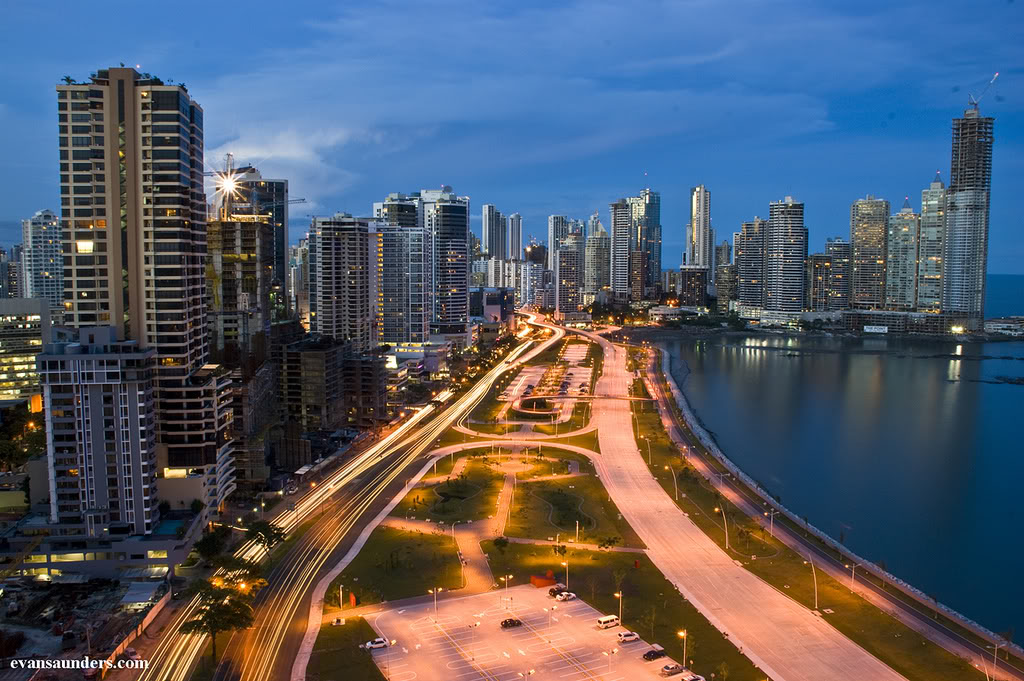Panama City is a place where the population density and number of inhabitants has increased over the years. Latin America and the Caribbean are the second most urbanized region in the world. In fact, 79% of the population lives in the major cities and is projected in the coming decades, the density reaches 87% of the inhabitants of the metropolis.
Urbanism in Panama – Gogetit Highlights
* Panama City is part of a group of 55 cities to promote the initiative Emerging and Sustainable Cities, looking to Latin America’s friendliest cities.
* One of the main problems in Panama City, is the handling of wastes. Another warning indicator is vulnerability to climate change, as the city is prone to flooding and other problems.
* Most of the Panamanian population lives in the capital. That is why is needed to recover areas for walking and reduce the emission of greenhouse gases.
Recently, the Inter-American Development Bank (IDB) held a lead in promoting Emerging and Sustainable Cities (ICES), which seeks to make more friendly the Latin American cities, and plans to promote the transformation of public spaces and environmental sanitation. This year, Panama City adopted the program and is part of the 55 cities that proposed to change the face, not only with a better look of its streets, but with a master plan that will cross the capital to be a reference years.
The plan has several phases. The first one was executed. It consisted on submitting the city to examination and diagnosis it shows the challenges, opportunities and strengths that possesses.
When a city has a large population, it is facing several problems, such as traffic, due to inadequate roads, collapse of public services of electricity, water, health, management of solid wastes, among others. Panama City is no exception to this reality. The main problems are facing waste management and vulnerability to climate change, which makes it prone to flooding.
Panama is one of Latin American cities that emits greenhouse gases, with about 4.9 tons per person per day. The regional average is 2.2 tonnes per person. The plan of the Inter-American Development Bank, seeks to implement projects to mitigate this effect, such as planting trees in the city; generate standards for buildings to be self-managed and produce energy and do not demand as much of the system; encourage the use of public transportation and walkable to the city, and bike lanes.
Gogetit Content Manager. Author of important reviews for Gogetit News, “The #1 Source for real estate news in Panama.”
Specialized in the search and analysis of the most important news about real estate in Panama.













